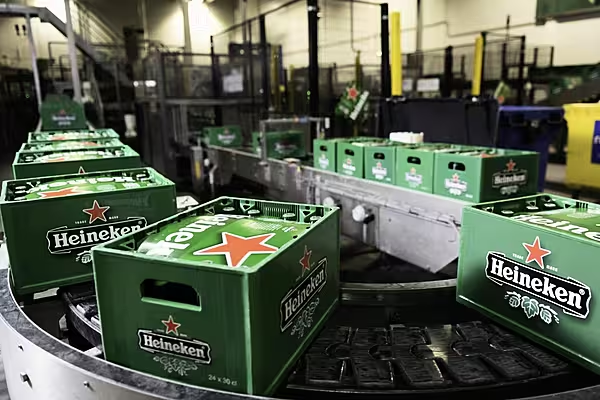US consumer prices fell by the most in more than five years in March and further decreases are likely as the novel coronavirus outbreak suppresses demand for some goods and services, offsetting price increases related to shortages resulting from disruptions to the supply chain.
The Labor Department said that the consumer price index dropped 0.4% last month amid a tumble in the costs of gasoline, hotel accommodation, apparel and airline tickets.
That was the biggest drop since January 2015 and followed a 0.1% gain in February. In the 12 months through March, the CPI rose 1.5% after increasing 2.3% in February.
Economists polled by Reuters had forecast the CPI dropping 0.3% in March and climbing 1.6% year-on-year.
CPI Report
The Labor Department said March's CPI report had been affected by the coronavirus, with data collection by personal visit suspended on March 16.
It said data collection last month was also impacted "by the temporary closing or limited operations of certain types of establishments," leading to "an increase in the number of prices being considered temporarily unavailable and imputed."
As a result, the government said many indexes were based on smaller amounts of collected prices than usual, and a small number of indexes that are normally published were not published in March.
Restaurants, bars and other social venues have been shuttered as state and local governments implemented tough measures to control the spread of COVID-19, the respiratory illness caused by the coronavirus. Clothing retailers have also closed shop as have some manufacturers, while transportation has been drastically scaled back, leaving millions unemployed.
Fears of a sharp global recession and an oil price war between Saudi Arabia and Russia have led to a collapse in crude prices. This is expected to offset price increases caused by bottlenecks in the supply chain.
Excluding the volatile food and energy components, the CPI dipped 0.1% in March, the first drop since January 2010. The so-called core CPI had increased 0.2% for two straight months. Underlying inflation fell in March also as prices for new motor vehicles declined. In the 12 months through March, the core CPI rose 2.1% after increasing 2.4% in February.
Personal Consumption
The Fed tracks the core personal consumption expenditures (PCE) price index for its 2% inflation target.
The core PCE price index increased 1.8% on a year-on-year basis in February after rising 1.7% in January. It undershot its target in 2019. With some components in the producer price index report that feed into the core PCE price index weakening in March, economists expect inflation pulled back last month.
March's core PCE price index data will be released at the end of the month.
News by Reuters, edited by Checkout. Click subscribe to sign up for the Checkout print edition.







